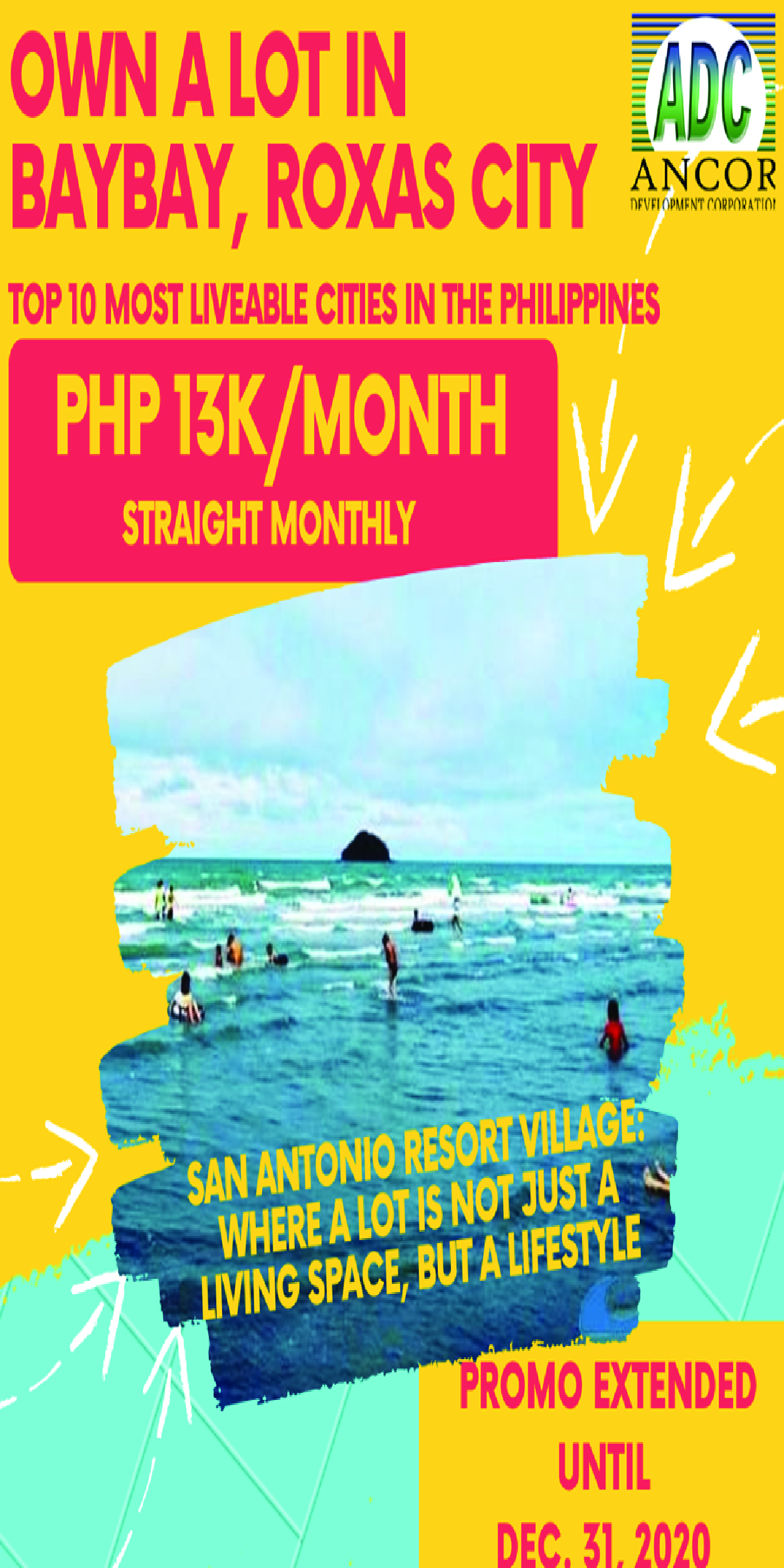
I recently saw a reel shared on Facebook and Instagram showing old Roxas City. The century-old Capiz Bridge looming over the Panay River, the faded facade of the Immaculate Conception Metropolitan Cathedral, the classical bandstand by the plaza, the fountain at kilometer zero, and, further down the riverbank, colonial-style homes with wooden gates, overgrown vines, dawn light spilling over old stucco walls. It’s familiar, but the way it’s being framed now online feels different. It’s like Roxas is being reintroduced to its own story, seen through fresh eyes, and with new appreciation.
These viral nostalgic snapshots are prompting conversations about identity, heritage, and urban planning. In them, people share family stories of grandparents marching across the old bridge, of Sunday masses in the cathedral, of early morning walks by the fountain before the bustle of market hours. Comments overflow with remarks like “I remember this plaza like this when I was a kid,” or “The fountain looked simpler, but the air seemed cleaner.” And for younger folk born post-1980s, there’s fascination, almost surprise, that Roxas once had a different rhythm.
Landmarks like the Roxas City Fountain (built in 1925; renovated several times) stand out in these posts. The Cathedral, founded in 1707, its Spanish-era walls, and its reconstruction after storms and war are all visible in old photos. The Bandstand, the President Manuel A. Roxas ancestral home, the Capiz Provincial Capitol, the old water-tank turned Ang Panublion Museum are the pieces of Roxas people are drawing back into view.
So why does this nostalgia matter? Because it tells us what people value. When a young person comments, “I wish the wooden doors didn’t get replaced,” or, “The riverbank looked so different when my Lola used to sit by it,” they are implicitly asking what we have lost, what can still be saved, and what should be remembered?
Moreover, these viral images become soft leverage for heritage-activism. They spark interest in preserving old structures, in cleaner riverfronts, in maintaining the charm of plazas, in cautious development that respects history. Even city planners seem alert, as posts discussing the bridges, promenades, heritage walks, fountains, plazas are being returned with suggestions and memories.
Many reels or throwbacks are followed by images of modern malls, expansions, commercial zones, where some see progress, while others fear loss. The question becomes: how do we advance without erasing? How do we build tofu-like new spaces that respect the old landmarks that anchor us?
What I see in these viral posts really feels nostalgic, but not only that. It is also a call, to remember, to preserve, and to reflect on what kind of Roxas City we want for tomorrow. Because in every old photo, there is something worth keeping.






